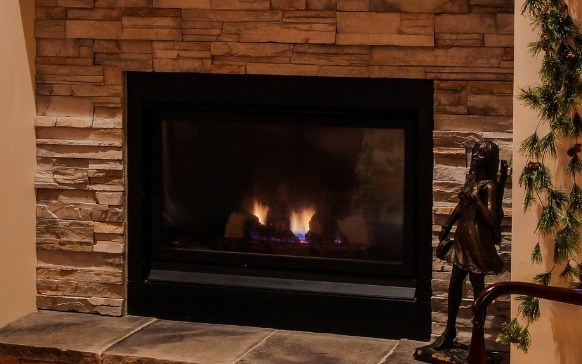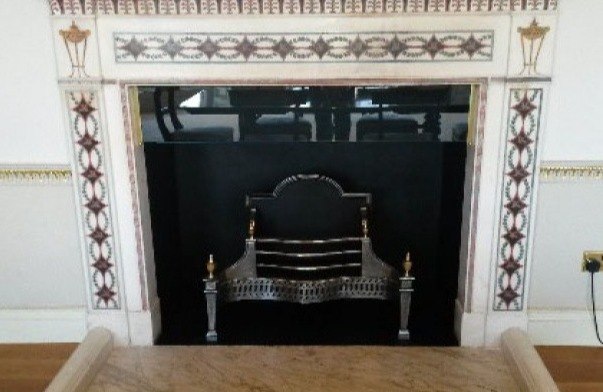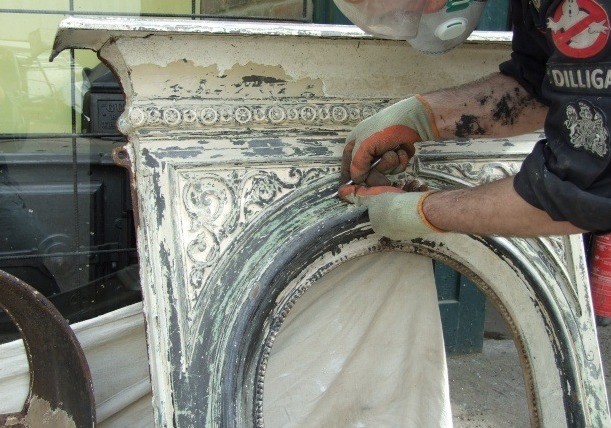If you are considering antique fireplaces, you may ask: how do I choose an antique fireplace? We look at how to choose an antique fireplace and what features to look for when making such an important decision.
What style of antique fireplace do you like?
Fireplaces can be the final piece that will bring your whole room together – a true focal point. So when you're picking your new fireplace for your freshly designed room, you want to make sure you do it right and make the best choice possible. Choosing the right surround, insert, and materials will help ensure the perfect fireplace becomes the heart of your home.
How Do I Choose An Antique Fireplace?
What Size?
There are hundreds of possible options, and it can feel overwhelming, but we're here to break it down for you with some top tips.
Everything from neo-classical marble surrounds to warm wooden fireplace designs, from early Georgian to late Victorian styles.
Are you interested in ornate cast iron combination fireplaces with tiled inserts, or do you want a more rustic stone surround?

You may want to explore Art Deco fireplace designs if you like bold shapes, or stick with Georgian or Victorian styles if you’re aiming to preserve original features in your period home.
What Size Fireplace?
Of course, your new fireplace must fit into your chimney breast. This may seem obvious, but it’s important to make sure your fireplace opening matches the right size and proportions for your room.
If appropriately sized, the right antique fireplace will draw the eye and create a beautiful centrepiece without completely dominating the space.
Before you go purchasing anything, you must measure the chimney breast and take note of ceiling height, depth, and width. It would be dreadful to have your new fireplace ready to be installed, only to find their measurements are incompatible.
You may also find it helpful to take photos of your room from several angles, so you can imagine how the finished antique fireplace will look once fitted.
What style of surround?
There are many different surrounds available, and choosing the right one can be difficult. If you have an older home, then you may want your fireplace to replicate what would have originally been installed.
Victorian styles generally suit houses built in the Victorian era, while Edwardian fireplaces are a good choice for slightly later properties.

Alternatively, if you have a modern interior, you might choose a reproduction fireplace in marble or a wooden surround to add decorative elegance.
This could be the bold colours and swags of an Art Deco fireplace, the elegance of Regency architecture, or the lavish detail of a rococo fire surround.
Fireplace accessories such as a fire basket or tiled inserts require consideration too, particularly if you want both function and aesthetic appeal.
What type of fireplace?
Okay, you've chosen your fire surround – what next? Now you need to think about what is going inside of it. If you want to stick with original features, then a hob grate or register grates may be the right choice. A cast iron surrounding with a grate and tiled inserts was common in the late Victorian period.
Ask yourself: is the fireplace going to be functional, or simply decorative? If it needs to heat the room, then a stove or gas fire insert is always a practical option. Real fire grates using smokeless fuels can add atmosphere, but you’ll also need to consider a chimney sweep for maintenance and to protect the flue.
For homeowners who prefer convenience, a reproduction fireplace with a made-to-measure gas insert can still provide heat while being more energy efficient.
Marble, stone, wood or metal?
When looking at antique fireplaces, the most obvious differences between eras are the materials.
The main four materials are marble, stone, wood, and metal. Marble offers timeless elegance, while stone adds a rustic touch to a period fireplace.
A wooden fireplace, whether pine or oak, with decorative carved details, can be restored or painted to suit your colour scheme.
Cast iron is extremely popular, particularly for Victorian fireplace surrounds, and makes a strong investment for customers seeking durability.

Think about your house: is the room a dining room, bedrooms, or a smaller family space? The right size and material will match both proportions and design.
Do you need to choose a fireplace for a listed building?
One of the biggest hurdles you may come across when choosing and installing antique fireplaces arises if you live in a listed building.
If you are in a listed property, you will need permission to replace the fireplace originally installed. This may include filling out a listed building consent form. The listing schedule will explain exactly what elements of the building are protected, such as the fire surround or mantelpiece.

Even if the fireplace doesn’t seem original, it may still be protected under the listing schedule. This can make things difficult, but not impossible. It’s essential to seek advice and stick with the required process.
Listed building regulations may delay your project, but with patience, knowledge, and the right dealer, you can find the perfect antique fireplace to match your period home.
Restored or unrestored, these beautiful features remain a good investment for homeowners who want to protect the original architecture and create a presence in their home.
Do you have a period fireplace which needs repair or restoration. If you live in the Hastings and East Sussex area, our expert antique fireplace restoration services can help.
